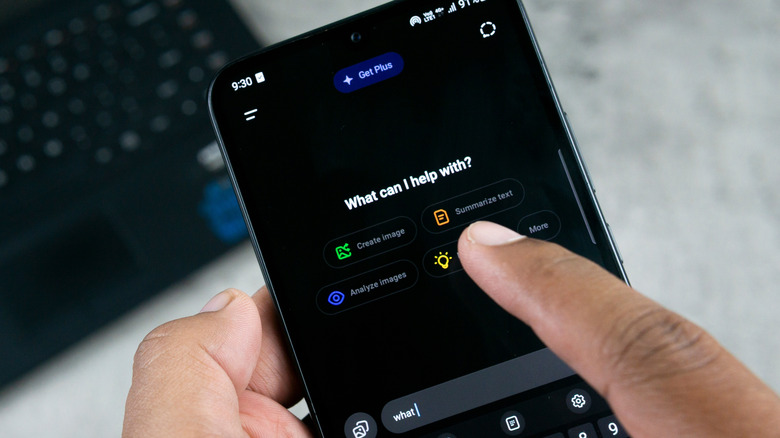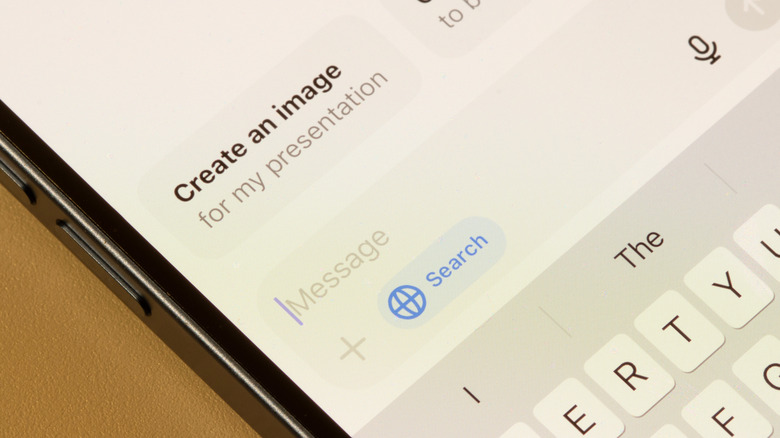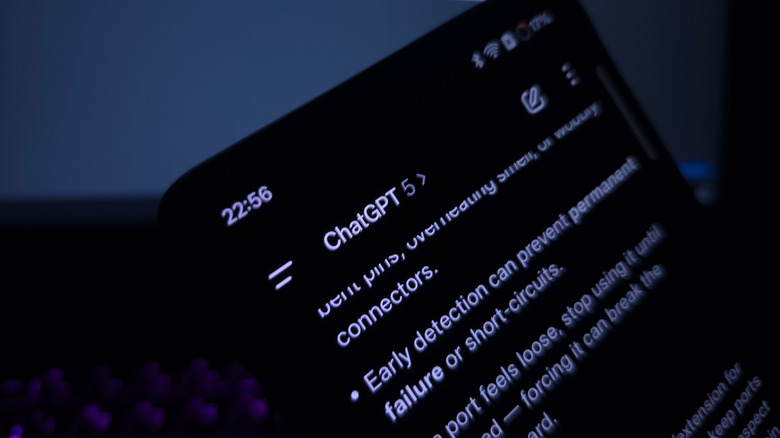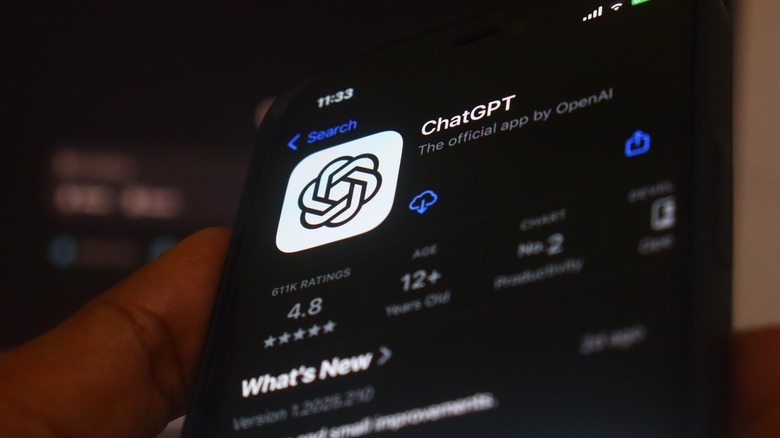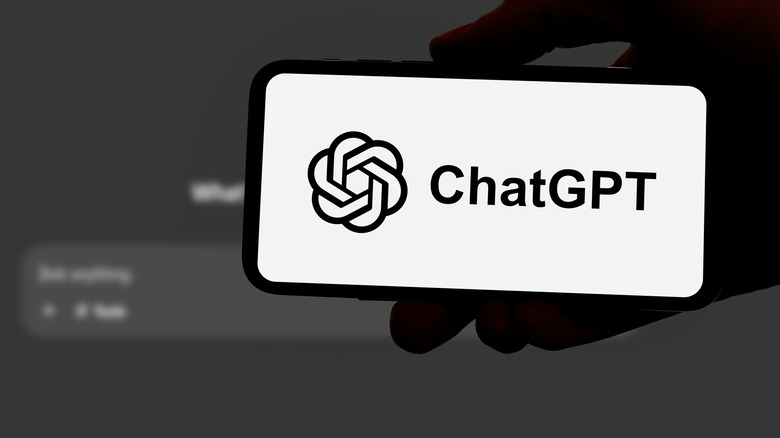4 Expert ChatGPT Tips To Speed Up Your Language Learning
A viral post has been making the rounds on X (formerly Twitter), claiming that by using some expert tips to get the most out of ChatGPT, users can master the basics of a new language in just one month, all through a clever series of AI-generated prompts that you can use every day. The post, shared by marketing and growth strategist Chidanand Tripathi (@thetripathi58), outlines a few prompts that turn the chatbot into a personalized language coach capable of guiding learners through vocabulary, grammar, listening, and even daily motivation.
Tripathi's method takes full advantage of the AI's power and some under-the-radar ChatGPT features. Learners can ask the AI to create themed word lists, correct grammar mistakes with clear explanations, or even simulate conversations with a native speaker. The prompts go beyond text-based exercises; users can have ChatGPT analyze short video or audio clips in the target language and then quiz users on comprehension.
Perhaps most impressively, Tripathi includes a daily "accountability check-in" system, where ChatGPT acts like a supportive tutor, tracking progress and offering encouragement along the way. The idea here is to utilize ChatGPT as a way to replace traditional flashcards and rigid study apps with a flexible AI companion that adjusts to your pace. For language learners looking for a structured but personalized way to stay consistent, it's an approach that might just redefine how we use AI to learn.
Daily vocabulary builder
One of the simplest yet most effective prompts in Chidanand Tripathi's framework is the Daily Vocabulary Builder, which he writes out as: "Act as a Language Tutor and give me a themed vocabulary list of 10 essential words/phrases per day in [target language] with pronunciation tips and example sentences. Today's theme: [e.g., food, travel, emotions]."
This prompt turns ChatGPT into your own pocket-sized language tutor, serving up manageable, focused vocabulary lessons every day. By asking for a specific theme, such as "food" or "travel", learners can tailor their sessions to practical, real world situations; ideal for anyone preparing for a trip or trying to hold everyday conversations in a foreign language. Including pronunciation guidance and example sentences helps to reinforce not just memorization, but context and tone, which are often missing in traditional flashcard-style learning.
You can adjust the difficulty level as you progress, switch themes daily to keep things interesting, or even ask ChatGPT to quiz you on the previous day's words. Over time, this routine can help build both confidence and retention, especially when combined with your own speaking and listening practice.
Real conversation practice
Another standout in Tripathi's language-learning framework is the Real Conversation Practice prompt, which lets learners experience how their target language sounds and flows in everyday scenarios. The original prompt reads: "Act as a Native Speaker of [target language] and simulate a basic conversation with me about [situation, e.g., ordering at a cafe, meeting someone new]. Ask and respond as if we were talking in real life."
This exercise is where ChatGPT's conversational nature truly shines. By simulating a dialogue in real time, the AI mimics the rhythm and unpredictability of real-world interactions; something that's difficult to achieve with traditional apps or textbooks. You can practice ordering coffee in a Parisian cafe, greeting a new friend in Tokyo, or checking into a hotel in Madrid, all while receiving instant feedback on your responses.
Because ChatGPT can adapt dynamically, it can also increase the challenge level as your skills improve — expanding the vocabulary, introducing slang, or switching to faster-paced exchanges. You can even ask it to correct your mistakes and explain the reasoning in your native language afterward.
This type of immersive, low-pressure roleplay helps language learners build confidence before stepping into real conversations. It helps to bridge the gap between memorized phrases and natural fluency, making it one of the most engaging and realistic ways to turn passive study into active communication practice.
Helpful grammar tips
Grammar is often the most difficult part of learning a new language. It's full of confusing rules, special exceptions, and syntax that rarely, if ever, line up with English. That's where Tripathi's Grammar Simplified prompt comes in handy. It reads: "Act as a Grammar Expert and explain [specific grammar rule] in [target language] using simple examples and comparisons to English. Include a short practice exercise."
This one turns ChatGPT into a grammar tutor capable of breaking down complex concepts in plain English. Whether it's mastering verb conjugations in Spanish, understanding gendered nouns in French, or getting a feel for word order in Japanese, the chatbot adapts its explanations to your perceived level of skill. The key to it is that it doesn't just tell you what the rule is; it shows you why the rule works, using clear examples and parallels to English grammar.
What makes this prompt so effective is the added practice exercise at the end. After explaining the grammar rule, ChatGPT can quiz you with a short fill-in-the-blank sentence or sentence rewrites to help reinforce what you've just learned. It's a hands-on, interactive way to move from theory to application, and because the AI can instantly correct mistakes and explain them, it's more responsive than a static textbook.
Real life dialogue examples
If you've ever wished for a way to hear how real people actually speak the language you're trying to learn, not just what's written in a textbook, Tripathi's Dialogue Creator prompt might be the most practical of all the prompts listed. The original prompt reads: "Act as a Dialogue Creator and write a natural, real-life dialogue in [target language] about [scenario, e.g., airport check-in, grocery shopping]. Add translations and highlight key phrases to remember."
This prompt lets ChatGPT do what the LLM does best: Generate natural, human-like conversation that feels authentic to everyday life. Instead of memorizing isolated vocabulary, learners get to see how words and phrases come together in realistic settings. You can choose any scenario, from ordering takeout to checking in at an airport, and ChatGPT will create a back-and-forth exchange complete with translations and pronunciation-friendly notes.
The added highlighted key phrases help learners focus on what really matters: The expressions they're most likely to hear or use. You can even ask the AI to modify tone or formality depending on context, for example, a polite version of business interactions or a casual version for chatting with friends.
It's an ideal tool for those who learn best through immersion. Reading dialogue that mirrors real speech patterns helps to develop intuition for pacing, phrasing, and tone, all essential skills that often take months to build in a classroom setting.
